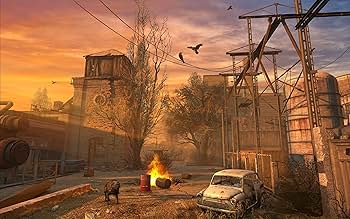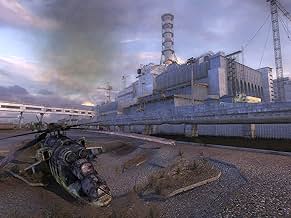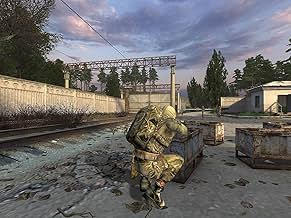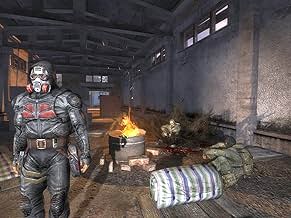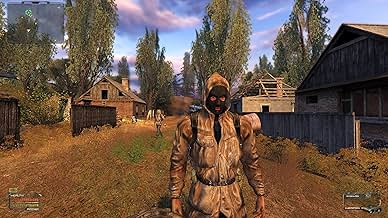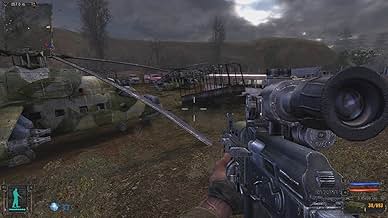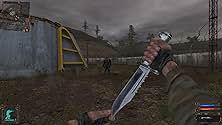Anyone who follows PC games has probably heard about S.T.A.L.K.E.R. at one time. It was announced way back in November of 2001 and subsequently went through so many delays that it started to look like it would just end up as another overly ambitious vaporware game. But it eventually made its way to store selves.
It wasn't very long after the release that it became very evident that S.T.A.L.K.E.R. had been released just a little too early. It had numerous bugs on ATI and NVIDIA chipsets, it didn't support vista, and the multiplier felt like it was permanently stuck in Alpha development. These problems compounded on top of the fact that the tiny patches that CSC released to "fix" some of the in game glitches did nothing to address the games bugs. Whether or not the game actually ran on system using the ATI chipsets which had the most problems, came down to how skilled the individual users were at tweaking the game.
These issues wouldn't be so overwhelming if S.T.A.L.K.E.R. had been running on as state of the art engine. But it wasn't, S.T.A.L.K.E.R. ran on a dated engine known as "X-RAY". Although not terrible looking the X-RAY engine was easily surpassed by other modern engine like the unreal 3. The main reason why this game ended up looking dated was because of the numerous delays it went through. If it had been released back in 2003 than it would have absolutely blown everything else away
but that was four years ago. Instead players are left with a dated engine that contains numerous bugs and glitches that really should have been fixed during its lengthy development.
Despite these problems when it comes to the actually gameplay S.T.A.L.K.E.R. really shines. It combines many elements from RPGs and FPSs from a vast and open world to a some very solid and in-depth combat. Although the AI can be buggy and a little stupid in a handful of situations, most of the time it's very good and on par with games like F.E.A.R. It also contains some very realistic ballistic physics that helps draw the player further into the games world. All of these elements combine to give a very immersive and complete feel to the game.
In the end if you can get past the games initial flaws you'll find a refreshing and engaging experience. Although nothing in this game is revolutionary (all of the features have been in previous games like fallout, system shock, deus ex, graw, and elder scrolls), they have never been combined together quite like they are in S.T.A.L.K.E.R.

